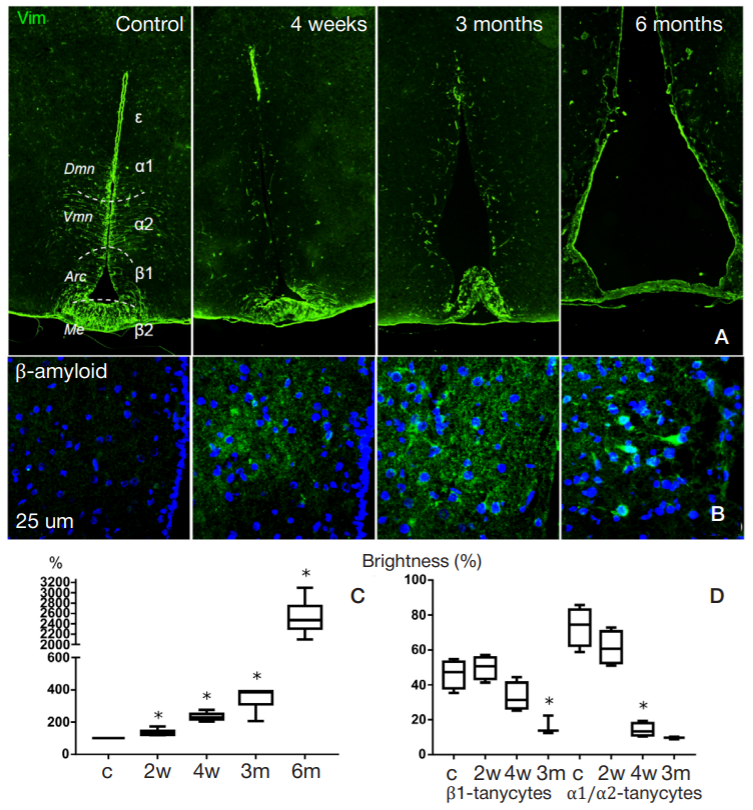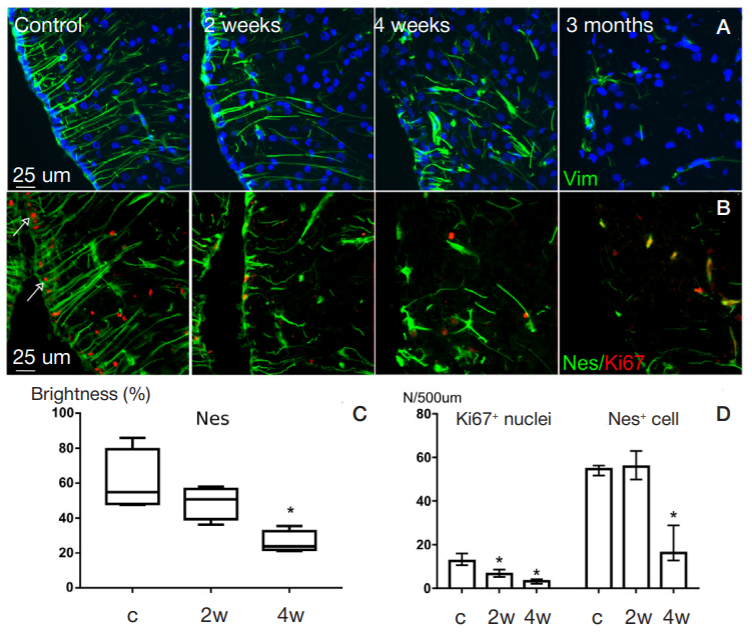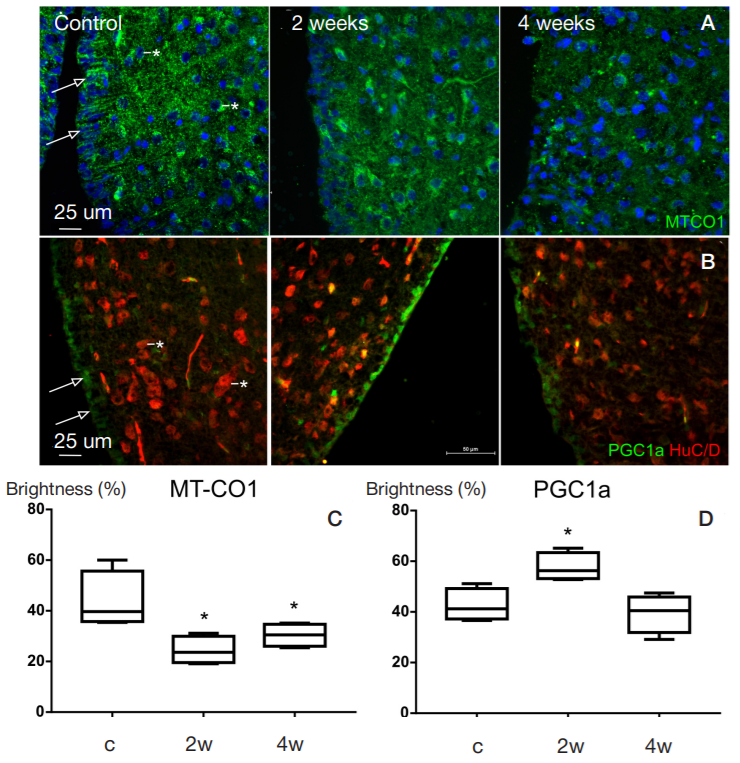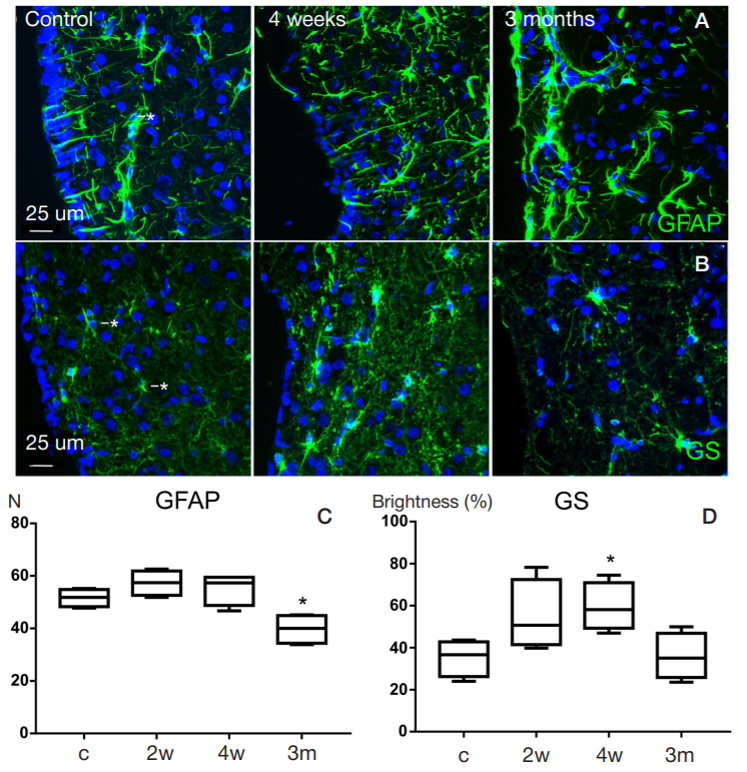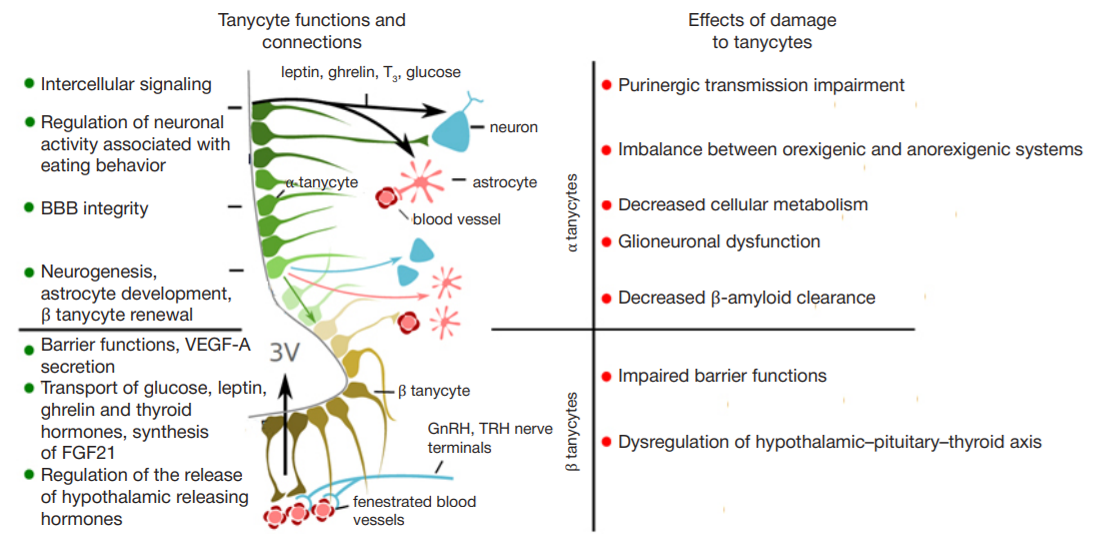
This article is an open access article distributed under the terms and conditions of the Creative Commons Attribution license (CC BY).
ORIGINAL RESEARCH
Alterations in tanycytes and related cell populations of arcuate nucleus in streptozotocin-induced Alzheimer disease model
Research Center of Neurology, Moscow, Russia
Correspondence should be addressed: Dmitry N. Voronkov
per. Obukha, 5, Moscow, 105064; ur.ygoloruen@voknorov
Author contribution: Voronkov DN — immunohistochemical study, morphometric study, data analysis and interpretation, manuscript writing; Stavrovskaya AV — study planning, stereotactic surgery, data analysis and interpretation, manuscript writing and editing; Gushchina AS, Olshanskiy AS — stereotactic surgery, specimens preparation for morphological study.
Compliance with ethical standards: the study was approved by the local Ethics Committee (protocol № 2–5/19 dated February 20, 2019). The animals were manipulated in accordance with the requirements of the European Convention for the Protection of Vertebral Animals Used for Experimental and Other Scientific Purposes (CETS № 170) and the Council of the European Communities Directive 2010/63/EU, order of the Ministry of Health of the Russian Federation № 119Н “On Approval of Rules of Good Laboratory Practice” dated April 1, and GOST 33216-2014 “Rules for Working with Laboratory Rodents and Rabbits”.
